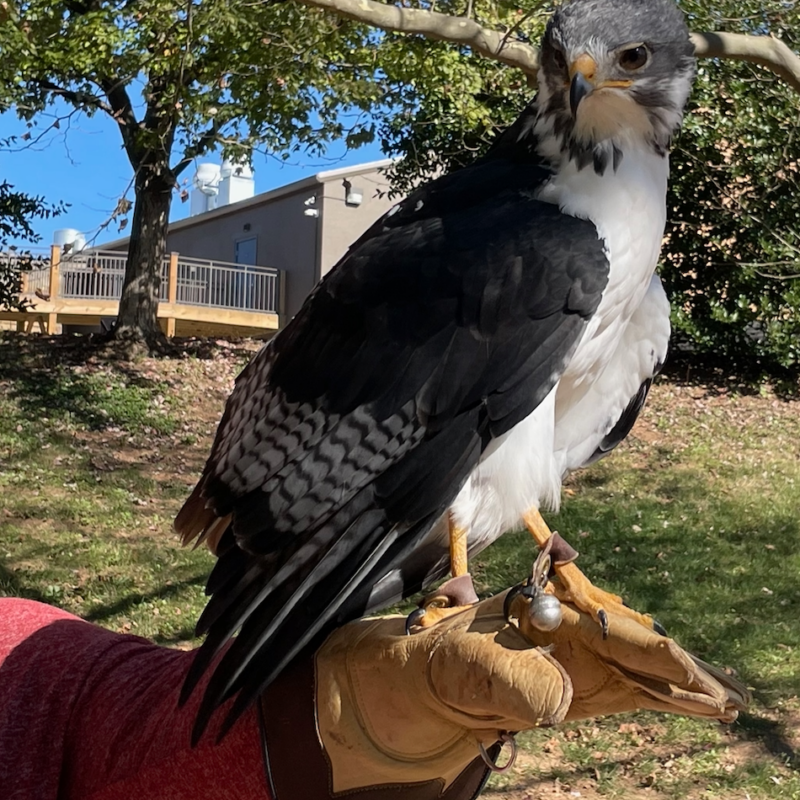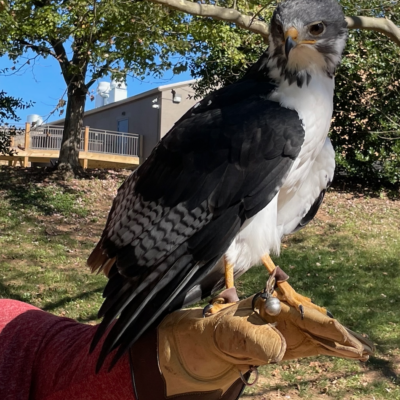Bring it on
It’s 9:15pm on a Tuesday on the other side of town. As most of us are beginning to wind down for the evening with a glass of wine and some Netflix, a group of college dancers is just starting its workout. About a dozen guys and girls in athletic shorts, T-shirts, and sneakers gather in roughly three lines in front of the mirror in the O’Hill Forum studio room, wide awake and laughing as they sit and stretch before their intense two-hour practice.
A team member up front presses play on an iPod and suddenly, in perfect unison, everyone pushes themselves onto their elbows into a plank position, some still chatting with their neighbors. They haven’t even started dancing yet, and it’s already clear how synced they are with one another. The warmup is second nature by now, and the real work is about to begin.
“Katie, you ready to teach?” calls team president Peter Kim from the second row.
Katie Fanikos, a tall, energetic UVA third-year with long, light brown hair and a plaid shirt tied around her waist, bounds to the front of the room, covers her ponytail with a sideways baseball cap, and begins to demonstrate the hip-hop moves she’s spent weeks choreographing for the team.
X-Tasee, the University of Virginia’s first competitive hip-hop dance crew, is practicing for Best of Both Worlds. It’s a diverse group in every way, from race and gender to background and experience. Some members have been dancing since they could crawl, and others tried out for the crew having never taken a lesson before.
If anything can testify to the mainstreaming of hip-hop dance, it’s this group of teenagers. They come from city and county, black, white, Hispanic, and Asian. They are nerds, jocks, and artists.
Each dancer goes through an intensive audition process at the beginning of every semester, and upwards of 60 people compete for a shot to make the grade in a fast, intense dance style. Newbies are inducted by a vote from the entire team, with extra weight held by the elected executive board members. Each person trying out is instructed to wear an outfit that reflects his or her personality to the final day of tryouts because afterall, Fanikos says, hip-hop is all about style.
A Massachusetts native, Fanikos began dancing about 18 years ago, and got her first taste of hip-hop in eighth grade. After years of tap, jazz, and ballet, she said the more free-form hip-hop sucked her in. While ballet revolves around structure and the form is much more controlled, hip-hop allows more fluid style and creativity.
“People react differently than to a professionally trained ballerina. When I say I do hip-hop, they say ‘oh that’s so cool!’” Fanikos said. “I think people enjoy watching hip-hop more. It’s so much more energetic.”
As for her own style, Fanikos said she wasn’t sure how the new moves would go over at practice. There’s a lot of pressure surrounding the number, which will be the team’s opening dance at the competition.
“It’s kind of nerve-wracking,” she said. “I have a very distinct style, and you just never know how it’s going to be received.”
Her fellow team members are not only receptive to the quick, sharp movements of Fanikos’ new dance, but they’re all smiles as they repeat the first eight counts of movement over and over (and over and over) while Fanikos calls out the rhythm.
Everyone catches on quickly, and no one seems frustrated or even remotely annoyed at going through the same motions two dozen times, even when the third repeat of “O.K., one more time,” is clearly a lie. Fanikos patiently fields questions about complex footwork and hand placement, and after what seems like endless repetition, she hits play on the iPod for the first time. A familiar hip-hop song blasts through the studio’s sound system and suddenly, the movements they’ve been learning in slow-motion are dance moves. Before I know it, the eight counts are over and she’s pushed pause. The last 15 minutes of work equate to about two measures of moves paired with music, but an air of excitement and pride ripples through the room as dancers laugh and high five one another. Five seconds down, 50 to go.
“It’s really rewarding to see when it clicks, when people really get it,” Fanikos said after practice.
Hip-hop originated in New York City in the 1970s as an underground movement in response to what was going on politically, economically, and socially in terms of black urban culture.
UVA African-American history professor Claudrena Harold, who teaches a course on Motown and hip-hop each year, said that hip-hop traditionally combines rap music, DJing, breakdancing, and graffiti art. She recalled going to Doug E. Fresh and Whodini shows—”I’m showing my age”—and being surrounded by carefree breakdancing and interaction with the music.
“Hip-hop has never been just about being a consumer. It’s about being a participant in the culture. And for many people there’s no better way to participate in the culture than through dance,” Harold said. “It’s an important element that I’m happy is being revitalized, and I feel like the realm of dance and visual arts is where the culture is doing the most innovative and nuanced things.”
Unlike in her own adolescence and young adulthood, when she listened to everything from gospel and pop to rock and R&B, Harold said some of her students have identified solely with hip-hop, and don’t venture outside the genre.
Fourth-year engineering student Alex Brooks said that’s not always the case. It’s a common assumption that hip-hop dancers only listen to “ghetto” music, he said, but the art form has evolved and touched so many different genres and cultures that that’s rarely the case now.
“I listen to mostly indie and rock,” Brooks said, shrugging and adjusting his glasses.
Brooks tried out for X-Tasee to get out of his own dancing comfort zone. His teammates range from quiet first-year students to community members not affiliated with UVA, and the camaraderie over everyone’s passion for the style is what makes him feel at home with the crew.
“Everyone’s pretty diverse, with diverse interests, but we all have this common bond,” he said.
A self-proclaimed nerd and introvert with an acute attention to detail, Brooks also dances with Akademix, another hip-hop team on Grounds, which he said focuses more on perfecting the minor details of the dances, whereas X-Tasee is more about the energy and performance.
“Akademix is more technical, and the dances have a higher level of difficulty,” Brooks said. “X-Tasee is everything I lack as a dancer. It’s making me push myself.”







